Cricket farming
Are you interested in breeding crickets on a small or larger scale? Then you have come to the best place with us. For standard small-scale breeding with manual feeding and harvesting or switching to semi/full automic breeding, we can help you with the necessary products.
If you have any questions, please do not hesitate to contact our product specialists.
Engels supplies products for the entire breeding process from egg to pinhead to cricket.
Step 1. Start your colony
Collect your colony and give them food, a spacious living area and sufficient warmth. Depending on the available space, you can opt for euro standard stacking bins or pallet boxes. Provide the pallet boxes or large trays with egg-laying trays to collect new cricket eggs.
Engels developed a two-part laying tray for breeding crickets. This laying tray consists of two parts that can be clicked together. The upper part is provided with a very fine-mesh stainless steel mesh. The female crickets lay their eggs through the mesh in the moist soil in the bottom tray. The eggs are now safely in the lower part, without other crickets being able to damage or eat them.
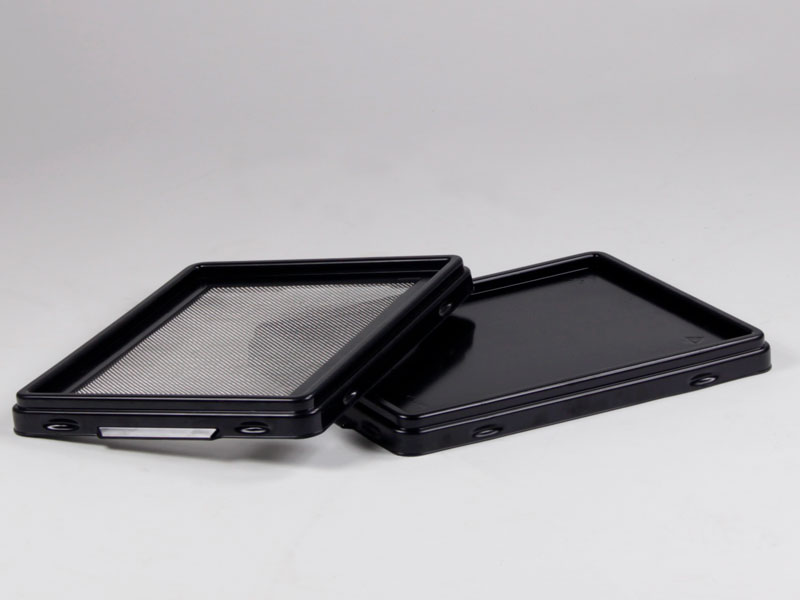
Two clamping lids, the upper part of which is provided with a very fine-meshed stainless steel mesh.
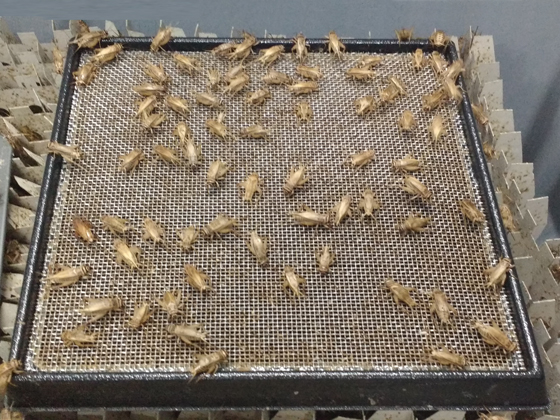
The larvae of the female crickets can thus get through the mesh into the moistened soil below.
Step 2. Harvesting and hatching the eggs
As soon as there are enough eggs in the laying containers , they are turned over into new harvest containers to continue growing there. These harvest bins consist of two Euro standard plastic bins, the top bin consists of two compartments, separated by sloping walls and a central slot. Once the baby crickets (pinheads) are big and strong enough and start roaming around, they climb up the sloping walls and then fall through the center slot into the container below.
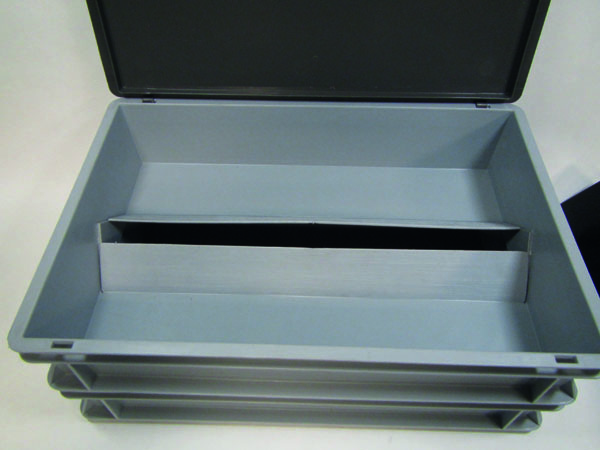
Two Euronorm plastic bins, the top bin having a slot with sloping walls.
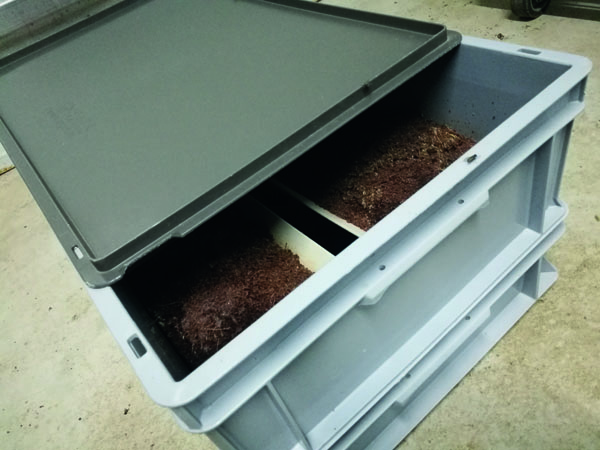
The baby crickets can climb through the sloping walls, and then fall through the slot in the container below.
Step 3. Breeding to adult cricket
The pinheads are moved from the harvesting bins to their new living environment: stacked pallet boxes. The crickets get food and water in these pallet boxes. They stay here for 37 days, until they reach maturity and can be harvested.
In the meantime, the laying trays are already ready in the pallet boxes for collecting the new cricket eggs.
Step 4. Harvest
The adult crickets are transferred into large Euronorm plastic containers and moved to the cold store with a practical transport roller. Once in the cool, they hibernate. They then go into the freezer and receive an antibacterial treatment before being processed into the final product.
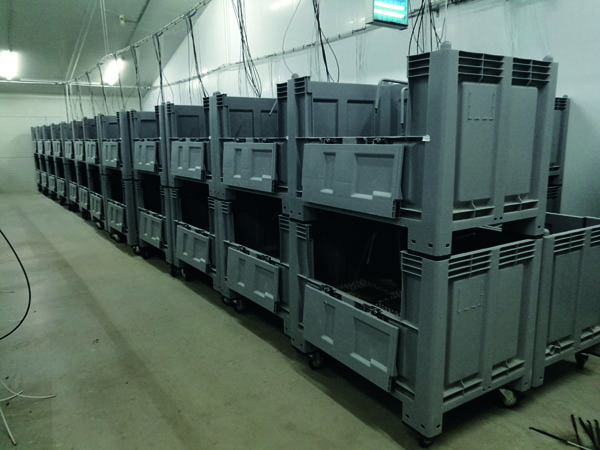
The crickets stay in the pallet boxes for about 37 days until they have grown enough from feeding.
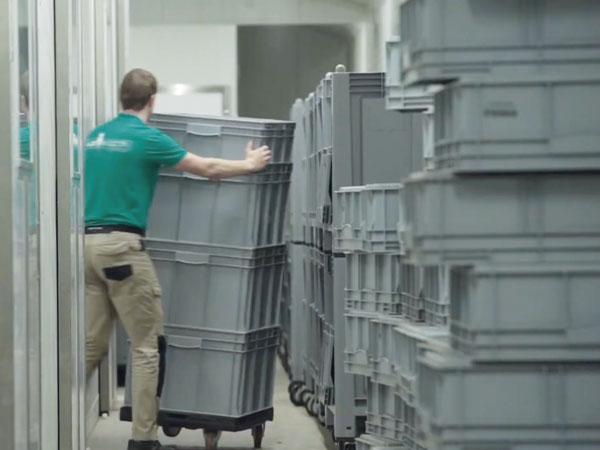
The adult crickets are transferred to our 800 x 600 x 220 mm (art.nr EN-8622-1-7) containers in a cold room to induce hibernation.

